Lawnmowers have several different ways to dispose of your lawn clippings: mulching, bagging, or side discharge. This also means you need to make an active choice for which method you use. But does it matter? And what’s the difference? Below, we’ll dive in to the three methods – mulching, bagging, and side discharge – and when to use each for your lawn.
The Difference Between Mulching, Bagging, and Side Discharge
Before we go into the pros and cons of each lawn clipping disposal method, we need to understand the differences. Also, not every lawnmower can do all three. So it’s important to know all the options in case you’re limited to just one or two.
On the other hand, if you’re in the market for a new lawnmower, make sure to get one that can accomplish what’s best for your lawn.
Bagging is using a lawnmower bag attachment (usually made of heavy-duty nylon or polyester) to collect the lawn clippings. This creates a clean lawn since you’re collecting the clippings instead of leaving them on your lawn. Many lawnmowers come with a bag that fits the specific lawnmower model.
Mulching is using the lawnmower to cut the clippings into smaller pieces and leave them on your lawn. This method turns up the power to create a mulch-like material from your clippings. The grass clipping mulch is left behind to decompose and feed your lawn.
Side discharge will eject the clippings off to one side as you mow. The choice is yours to leave the piles of clippings in the piles or rake them up for a cleaner look. This is the default for many lawnmowers, so it requires the least effort (until you start raking).
Now that we’ve got our basics, let’s dig into the details.
Bagging
The biggest benefit to bagging is it produces the best looking lawn when you’re done mowing. Period.
Not only does it draw up the clippings that would otherwise be left on your lawn, it also helps remove leaves and other organic debris. This can help (slightly) with weed management by removing the seed portion of some weeds. Fewer seed heads means fewer weeds to deal with.
It’s also a versatile option if it’s rained recently. You don’t want wet clippings resting on your grass – that can cause lawn-killing fungus. Best practice is to wait until your lawn has dried out. But if you have to mow, bagging a wet lawn is your best bet.
The downside of bagging is you’ll need to empty the bag every time it fills up. For smaller lawns, this isn’t a huge concern, but larger lots will require frequent trips to the yard waste bin or compost pile. (It’s considered ‘green material’ for those of you who compost)
Bagging is my personal go-to method. My lawn is relatively small, I can control exactly when and how I mulch/fertilize, and it looks great when I’m done.
Mulching
Mulching is my other preferred method. With mulching, your lawnmower will cut grass into smaller clippings that easily decompose and provide your lawn with nutrients. However, be careful with how much you mulch. Too much of a good thing can backfire and begin to suffocate your lawn.
Use the mulching method every two months. This will help keep nutrients recycling back to your lawn between fertilizing rounds.
A few notes about why I don’t mulch my clippings all the time. It requires more power to properly mulch the grass. This is because your blades need to spin faster to cut the clippings down to size. You’ll also need to walk slower, giving your blades enough time to fully mulch the clippings.
Before you decide to mulch, consider mowing length as well. Mulching works better (and is easier) during maintenance cuts, when you’re only tidying up your lawn. If you need to cut greater lengths, reach for the bag instead.
Side Discharge
Side discharge is a last resort for me. For most lawns, there’s little benefit to side discharge that mulching and bagging don’t already have.
That said, side discharge is best for large lawns. It’s fast, easy, and you don’t have to pause or slow down for any reason.
It’s also good regardless of the length you’re cutting. Just a trim or taking a full 1/3 of your current height (that’s the most you should ever take off at once), side discharge will handle both easily.
So why not use side discharge all the time? It makes a mess. Your mower is simply spitting out the clippings into a continuous pile next to you. Once you’re done, those rows of grass clipping just hang out. They’re not small enough to decompose quickly (like with mulching). Too many side discharge sessions and you can suffocate portions of your lawn, or at least build up thatch.
This is a personal choice. I don’t mind emptying my mowing bag a few times, so I stick with bagging instead of side discharge. My lawn is also on the smaller side of average. If you don’t have the time or your lawn is sizeable, give side discharge a try for simplicity.
Finding the Best Method
Which one is right for you? It’s a matter of balancing the variables. With the above information, consider these questions and see which one or two methods fit the bill:
- How large is your lawn?
- How much of the overall height are you cutting?
- Is your lawn still damp? (pro tip, if you can, wait until it’s dry)
- How much time do you have?
- Have you fertilized recently?
- Do you mind taking a few trips to the yard waste bin?
Your answers here matched with everything else you’ve read should give you a solid lawnmowing routine and a healthy lawn for years to come.
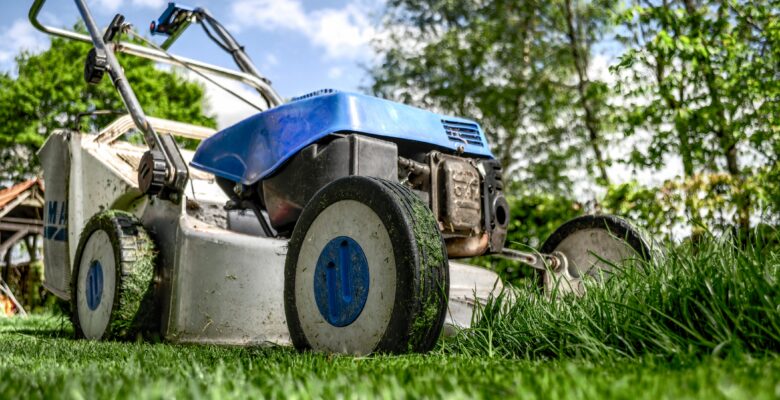

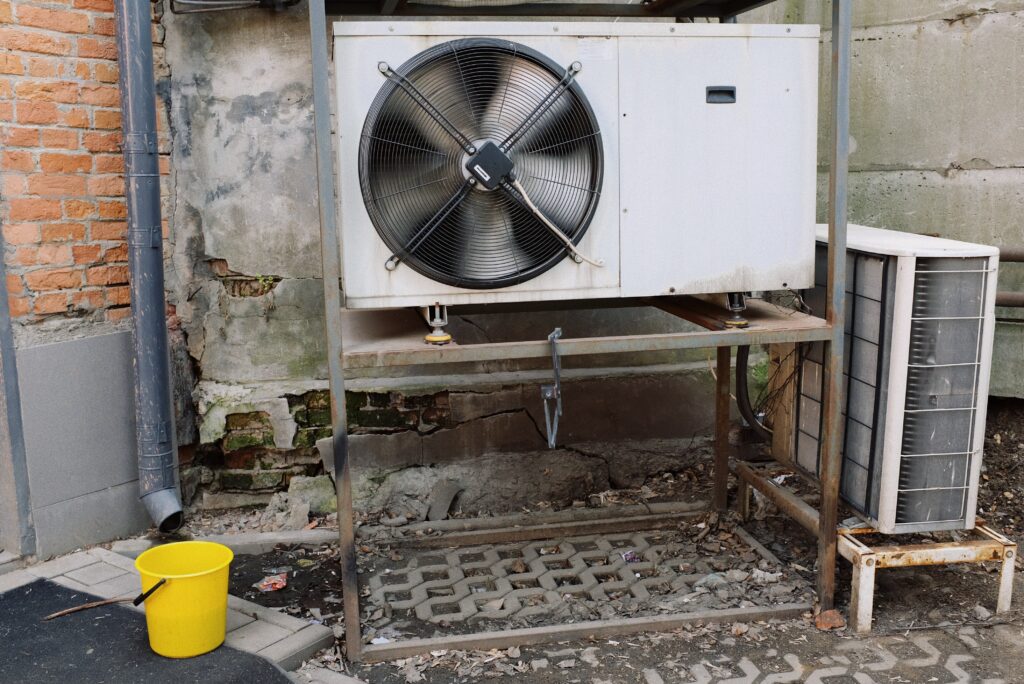

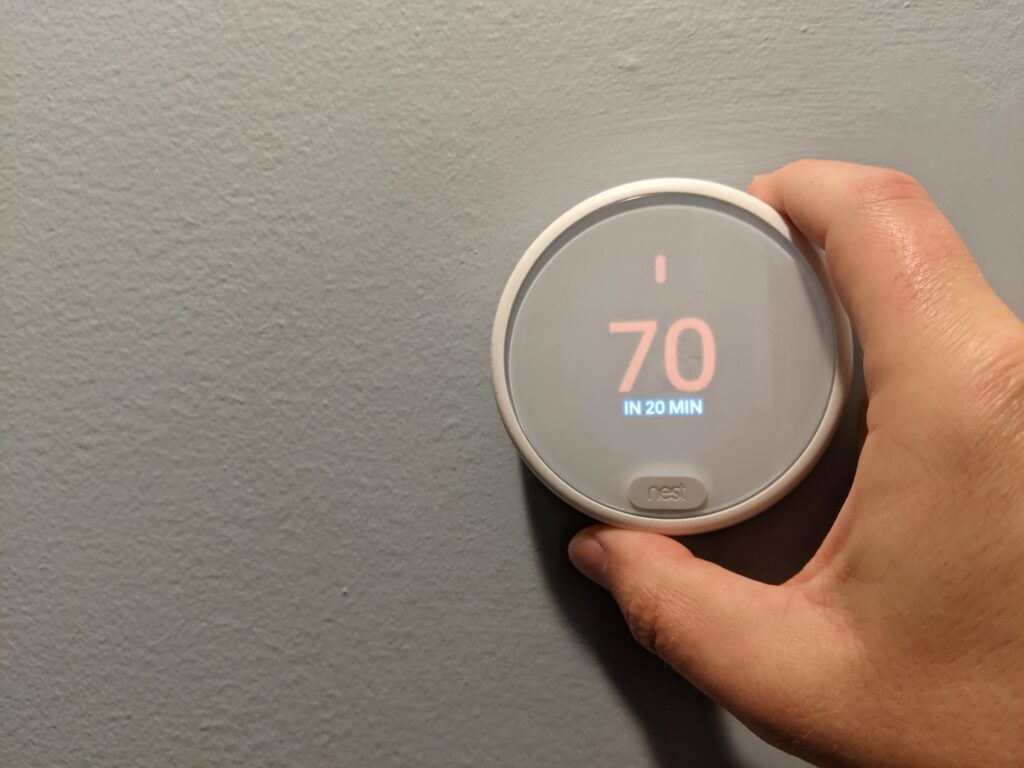
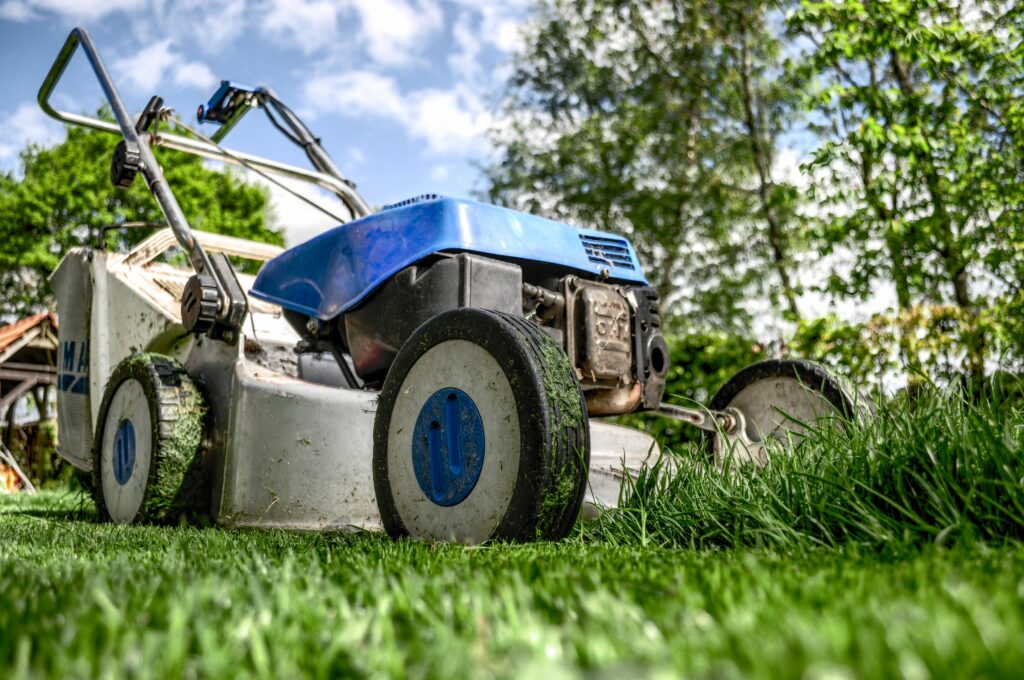
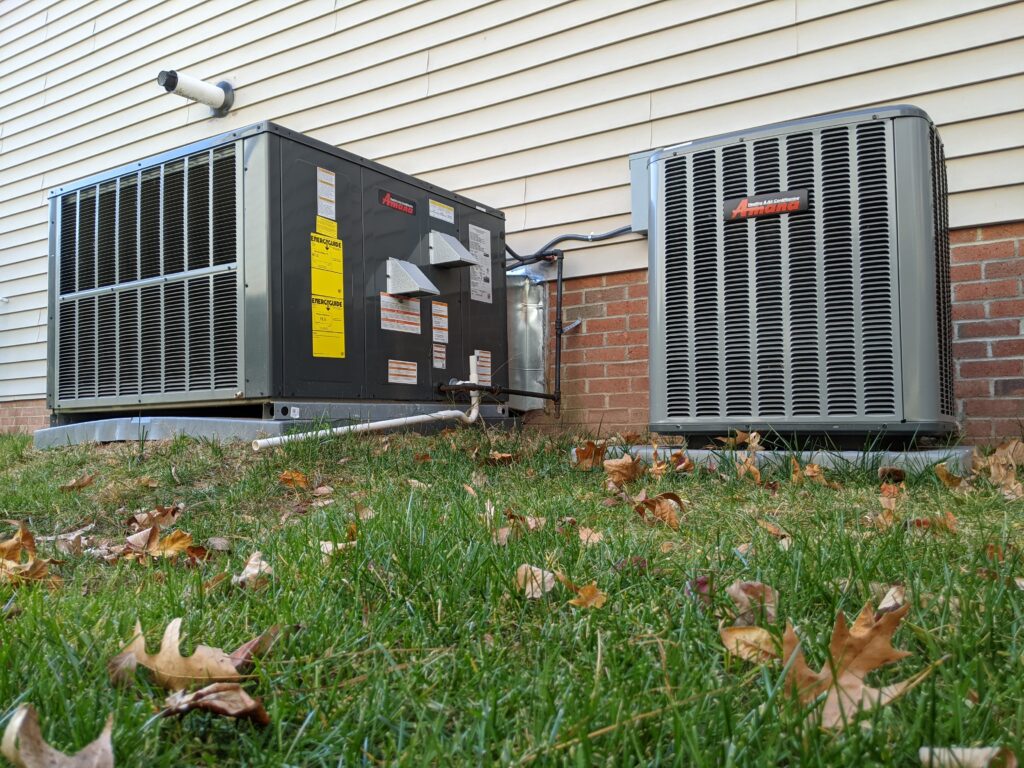
Leave a Reply